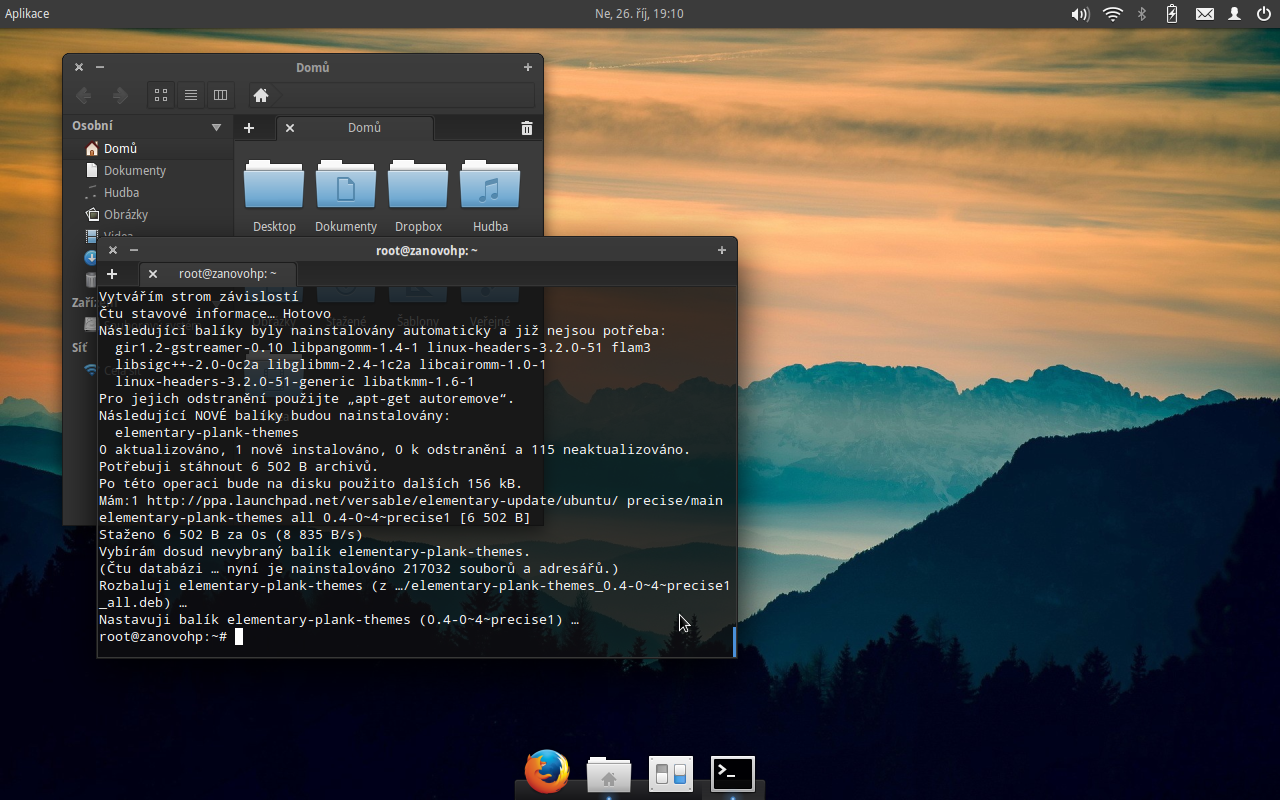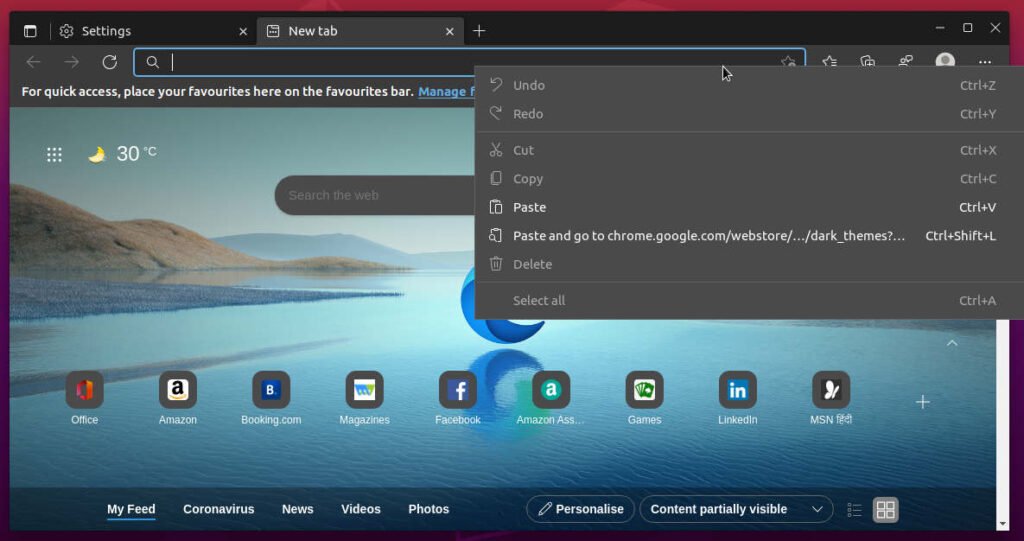

- Elementary os dark theme how to#
- Elementary os dark theme install#
- Elementary os dark theme full#
- Elementary os dark theme pro#
(Of course, the elementary OS model doesn't necessarily work at the scale of Red Hat, but it doesn't have to in order to sustain elementary OS.) Advertisement If I were an open source project heavily dependent on contributions from Red Hat employees, I might right about now have a closer look at how elementary OS's funding model works.
Elementary os dark theme how to#
It's not Canonical by any means, but it is self-sustaining and it has a model for how to continue sustaining itself, which is more than a lot of open source projects can say.
Elementary os dark theme full#
Today, elementary OS is a bootstrapped business with quite a few full time employees.

I bring it up not to revisit the controversy, but because the funding model elementary OS established early on has succeeded. It was poorly worded, but as with all things in Linux, it was something of a tempest in a teapot even at the time and it's well behind the project at this point.

When I spoke with Foré, he was quick to point out how little experience the team had with PR at the time (he clearly regretted the post). Most of the kerfuffle was not about the money, but rather the wording of the post, which essentially called non-paying users thieves. Unfortunately for elementary OS, a blog post about the pay-what-you-want model initially rubbed a lot of people in the Linux community the wrong way. The project took Ubuntu as a base and began layering in their custom apps, and the highly refined look and feel of elementary OS was born.Įlementary OS (codename version Luna) launched in 2012 with considerable fanfare thanks to its revolutionary idea of asking users to pay for it. But there was enough momentum behind the project that Foré decided the logical thing to do was for the group to create their own distribution.
Elementary os dark theme install#
Eventually, things got to the point where it became more and more cumbersome for users to install everything. Over the years, the elementary project continued to grow and encompassed ever more apps and ever more customizations for the desktop. As with most open source projects, the borrowing went both ways: Ubuntu's Humanity theme was a fork of elementary OS's icon set. From a set of icons designed to improve the look of Ubuntu's then GNOME 2 desktop, the elementary project expanded to include some custom apps, including a fork of the default GNOME files app, Nautilus, called nautilus-elementary. (Yes, seriously.) If ever there was a group of developers who started at the bottom and worked their way up to the top, it's Daniel Foré and the rest of today's elementary OS team. This made a lot of sense to me, and I personally cannot wait until the official themes are released.Further Reading Ubuntu 18.04: Unity is gone, GNOME is back-and Ubuntu has never been betterĮlementary OS began life over a decade ago as a set of icons. We're currently planning to officially support dark themes for the L+1 release." For example, both an image viewer and an audio production app might sport a dark theme so the user can focus on the image being viewed or the sound being manipulated.
Elementary os dark theme pro#
"The idea behind dark themes is that pro and/or media-centric apps would use them. To clear up some of those rumors, I shot +Cassidy James (the community manager, lead writer, UX designer, and council member of elementary) an email and asked him what the plans were for the 'Dark' theme. There has been quite a bit of buzz surrounding a 'Dark' theme for elementary OS. These files were given to me by +Sajith Edirisingne, so extend your thanks to him and anyone else unmentioned in the elementary community who worked towards this theme. I did not design these themes, I merely wrote the script and packaged everything together.

Time to assign credit where credit is due.


 0 kommentar(er)
0 kommentar(er)
